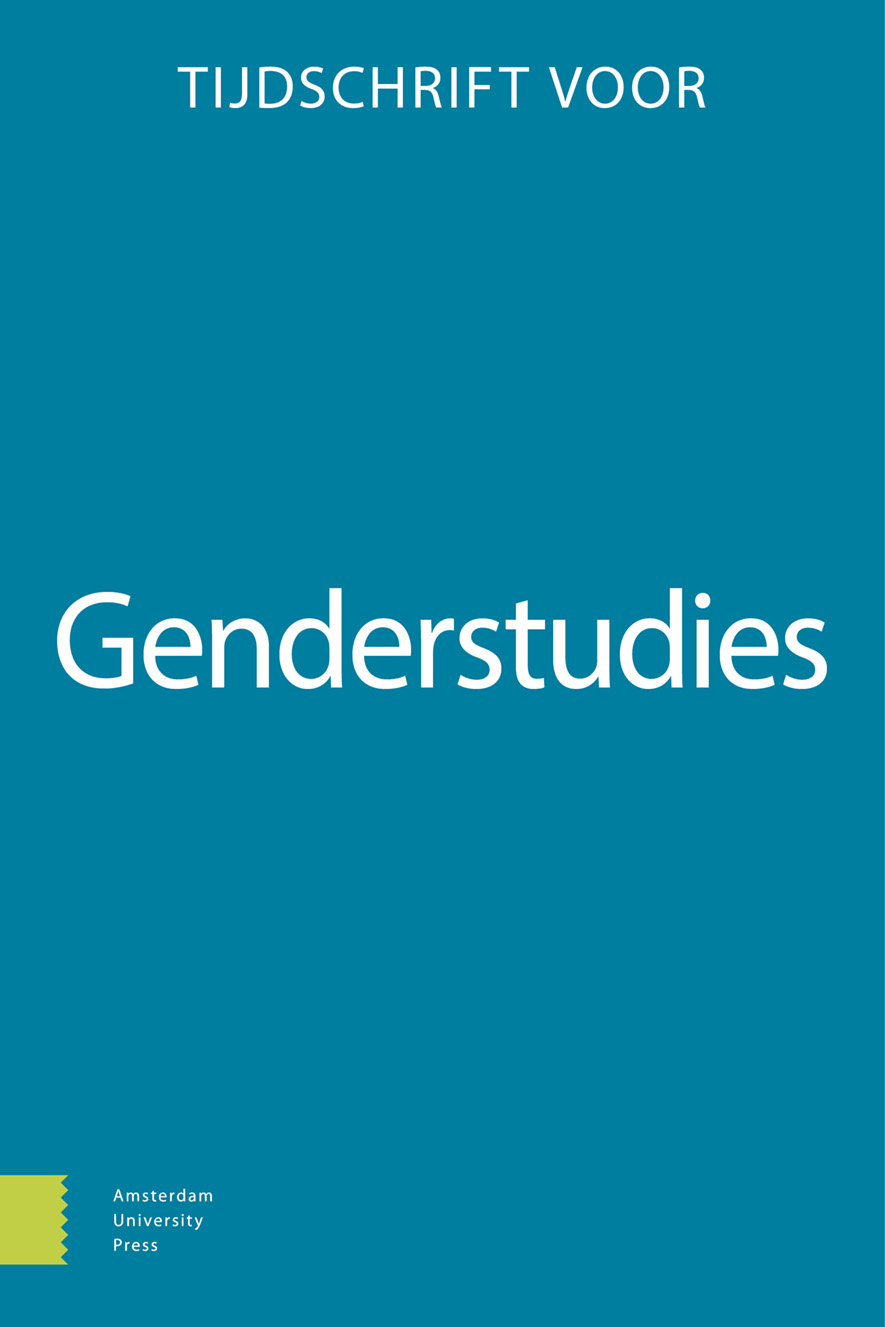-
oa Tragic and ironic transformations of a former working-class girl’s writings
Presenting Neel Doff’s Keetje trilogy (1911-1921) in book, film, and song in the 1970s
- Amsterdam University Press
- Source: Tijdschrift voor Genderstudies, Volume 26, Issue 2, jun. 2023, p. 120 - 140
-
- 01 jun. 2023
Samenvatting
This article deepens our knowledge of what happens when literature by (formerly) working-class, female authors is translated or adapted for different media. Starting from the existing insights that those who adapt the work of female authors often betray biographical and strong-editing impulses, it suggests that these impulses both compound each other and are compounded by the intersecting category of class. Working-class girls are not easily accepted as authors by literature’s gatekeepers: their work is often perceived as in need of correcting. Instead, they are classified as sexual bodies and victims. In addition, these impulses compound the tendency for adaptations to build on each other instead of the literary work itself. Together, these mechanisms further trap such authors in their existing social role and hide the merits of their work. Ironically, it is exactly literature that might give them a way out of this role.
Former worker and Goncourt-Prix-nominee Neel Doff (1858-1942) was acutely aware of this. Her Keetje trilogy, a coming-of-age narrative set in Amsterdam, Antwerp, and Brussels and published in French in Paris between 1911 and 1921, foregrounds its own literariness. Nevertheless, as this article argues, the 1970s adaptations in book, film, and song through which her work has become famous with a Dutch-speaking audience manifest and legitimise the mechanisms described above in two ways: their makers claim historical faithfulness and primitivise the author, thus justifying their radically diminished presentation of her work.


